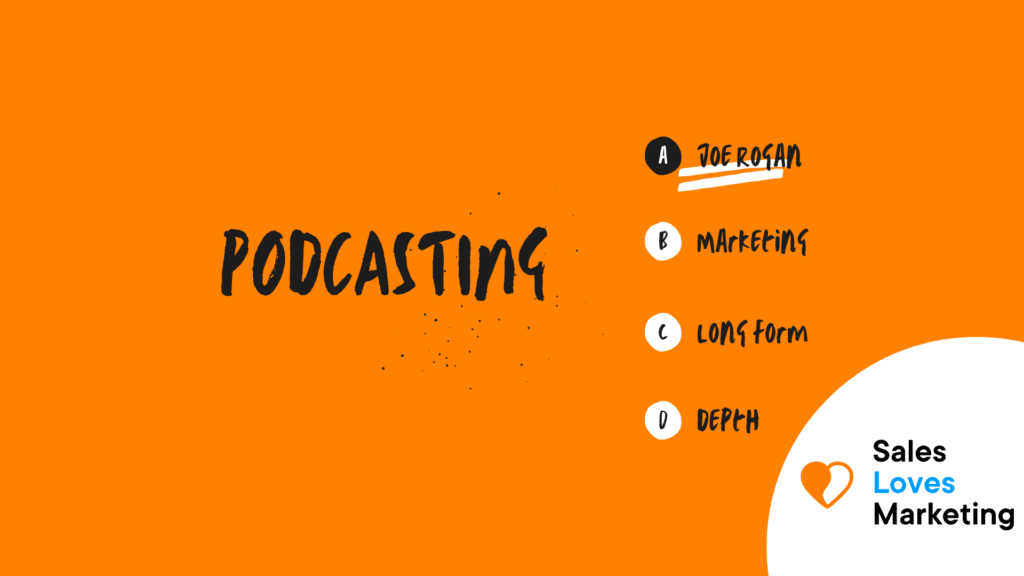What is Podcasting?
Podcasting is defined as a series of episodes of people discussing a determined topic or field of study. It is an old school of marketing but has gained a lot of popularity recently, and podcasts come in a digital audio format that a person can download and listen to.
How does Podcasting work?
In the old classic way of podcasting, podcasts tend to feature one central host who is engaging in a long-form deep discussion with another individual (normally a guest) who is a personality or has some kind of expertise in the specific topic that the episode is about. But now, there are different formats and ways that a podcast can be presented; the most known and used is a group of people (two or three individuals) sitting down to discuss different topics in a way that resembles a friend-like relationship.
The discussion in podcasts can have an enormous range of topics and sub-ideas andl normally tend to be unscripted. The main difference that divides podcasting from other forms of digital content is that the conversations can go into great depth because of the format. Towards the end or in the middle of the podcast episode is a good moment for the host and guest to promote their product or service because it gives the listeners a chance to develop a connection with the individual and topic before they become interested in the offer being made. This marketing method has been proven to be a very effective technique for establishing a strong brand presence and developing a good relationship with customers/listeners.
Types of Podcast
Each kind of podcast has its pros and cons; that is why it is important to, before selecting a type, analyze and consider which one will be the best fit for showing and making the audience understand the message of the brand. The most common types are:
The monologue
It can be considered the most basic kind of podcast. It is the one that most creators start with because of its simplicity. It consists of sharing knowledge about a specific topic or expertise, and it does not need more than a microphone and any editing software.
The interview
As its name says, the interview consists of a host (or two) interviewing a new guest every episode about certain expertise or experience.
The conversational
Also known as the co-hosted kind of podcast, it is one of the (if not the) most common kind today. It revolves around at least two (sometimes three or four) people having a straightforward conversation around a certain topic or idea. It is important to note that this kind should be different from the interview kind.
How to start a Podcast?
The expensive mics, the hours spent recording, and the complicated audio editor programs may make start podcasting sound like really hard work, and even though it does requires time, effort, and money, it does not have to be an impossible mission, and here is a very basic guide on how to start a podcast to prove so:
Plan
Of course, for every single new business or marketing strategy, the very first step is to make a plan on how to execute it. In this specific case, in this step goes the selection of the kind of podcast, the topics that will be discussed, and how it will be distributed to the public. Also, a good thing to do would be to measure the initial investment that will be put into it.
Record
After making the overall idea of the first episode, it is time for the host to make. It happen, it will depend on the kind of podcast selected but having a script, or not necessarily a scrip,t but the key ideas of the topic written down will be a great help for keeping track of where the host wants the episode to go to.
Edition
The edition is where all will come together. Here the errors can be fixed, and the quality improved. It is unnecessary to have a super expensive and complicated program; there are many affordable, user-friendly options to choose from in the market.
Upload and promote
The promotion of a podcast starts with its upload, choosing the platform, adding the right title and tags, adding the cover, and then promoting it through social media, making different advertisements for different pages, and following the public response.
